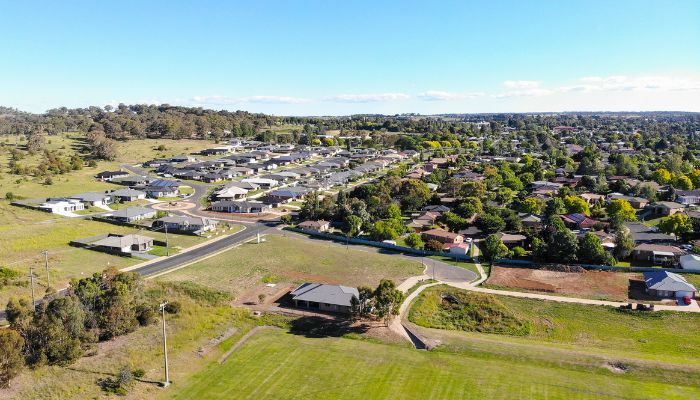
Australia’s regional markets, particularly those in the more premium part of the spectrum, continued to take the brunt of the property downturn after taking advantage of the mass exodus away from capital cities during the height of the pandemic.
According to CoreLogic’s Regional Market Update, only seven of the 25 largest non-capital city regions reported an annual increase in house values in April.
CoreLogic Australia economist Kaytlin Ezzy said it was not surprising that some of the largest annual declines in values were recorded across several of the country’s most expensive regional lifestyle markets.
“Over the past year, premium lifestyle markets have been hardest hit by softer market conditions and rate increases,” she said.
“These markets were among the largest beneficiaries of regional migration through the COVID-induced upswing and, as a result, became significantly more sensitive to the rising cost of debt and the normalisation in regional migration trends.”
One market that reported a significant turn of events was Richmond-Tweed on New South Wales’ north coast — over the pandemic, it recorded a 51% increase in house values, only to report a 24.2% annual decline last month as it bears the impact of rising cost of debt and worsening affordability.
The region also posted the biggest fall in annual sales activity and the highest vendor discounting rate.
Best regional market performers
Ms Ezzy said affordable rural markets are bound to show more resilience compared to their luxury counterparts.
In fact, while some of these affordable areas have recorded mild declines through the recent downswing, few are still recording values at peak.
“Despite two interest rate rises over the first few months of the year, these markets offer relative affordability, have low listing levels, increased regional migration inflows and strong economic activity off the back of mining, agriculture, and tourism — this has all helped support mild value growth,” she said.
Ms Ezzy said the results for these affordable regions show that values are influences by more than just interest rates — other factors like stock levels, migration, local economic factors, and an improvement in consumer sentiment can have a substantial impact on the movement of housing values.
Over the year to April, some of the best performing regional markets were in the South East region in South Australia, which includes areas such as Kangaroo Island, the Fleurieu Peninsula and the Limestone Coast. The region achieved an 10.8% growth in the period.
New England and North West in New South Wales and Bunbury in Western Australia also performed strongly during the period in terms of price growth.
Meanwhile, houses in Toowoomba in Queensland’s Darling Downs sold fastest during the quarter, with a median time on market of 21 days.
Ms Ezzy said despite the annual declines in some prestige regional markets, there had been improvements on a quarterly basis within the desirable commuter markets, such as the Gold Coast in South East Queensland, and the Illawarra and Newcastle in New South Wales.
“Similar to Sydney and Melbourne, these more expensive regional commuter markets typically lead the cycle — although mild, the positive growth seen over the three months to April may suggest we have moved through the trough in value declines and signals the start of a recovery phase across the regional markets.”
Ms Ezzy said strong regional migration is helping bolster demand in these regions.
In fact, the Gold Coast recorded some of the strongest internal migration rates across the country through 2022, while Illawarra and Newcastle saw some outflow of residents back to the capitals over that time.
“Data from the first three months of this year is likely to show a reversal of this trend, with the strong return of overseas migrants to Sydney likely to 'spill over' into these regions,” Ms Ezzy said.
-
Photo by Cookie679 on Canva.
